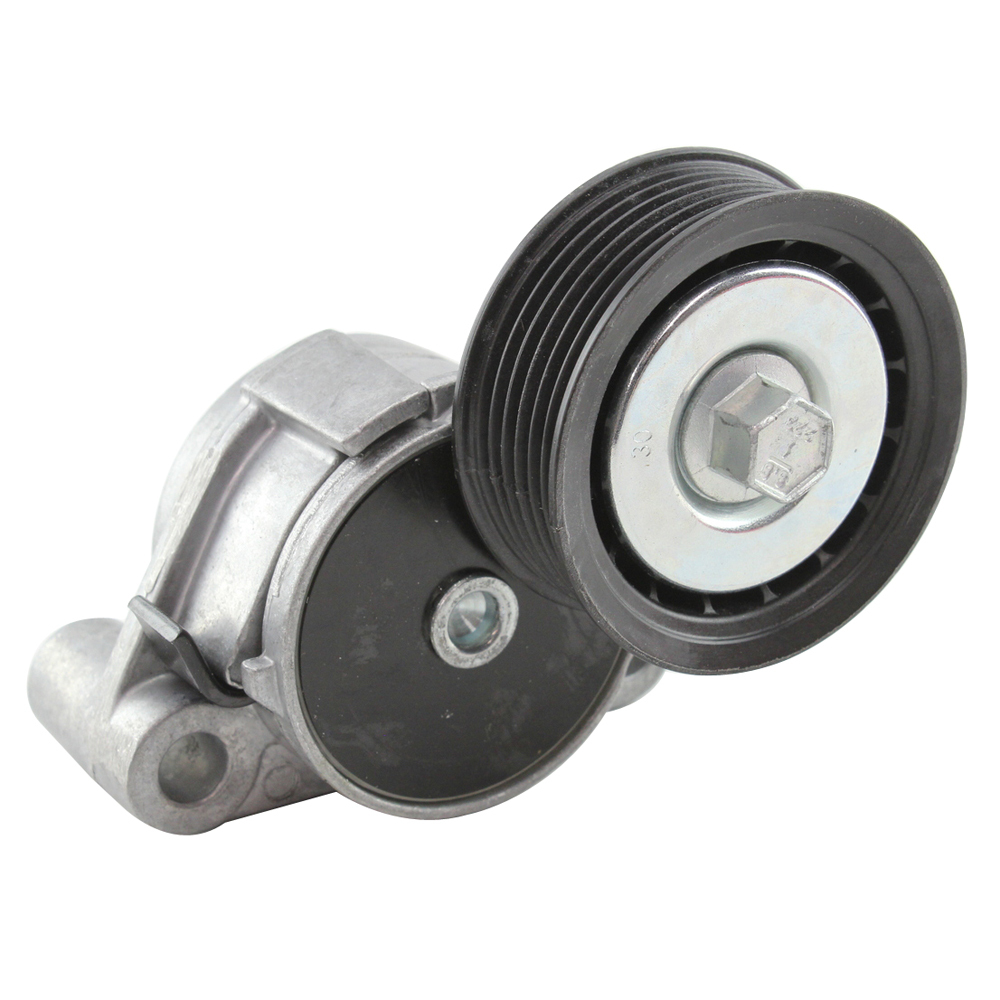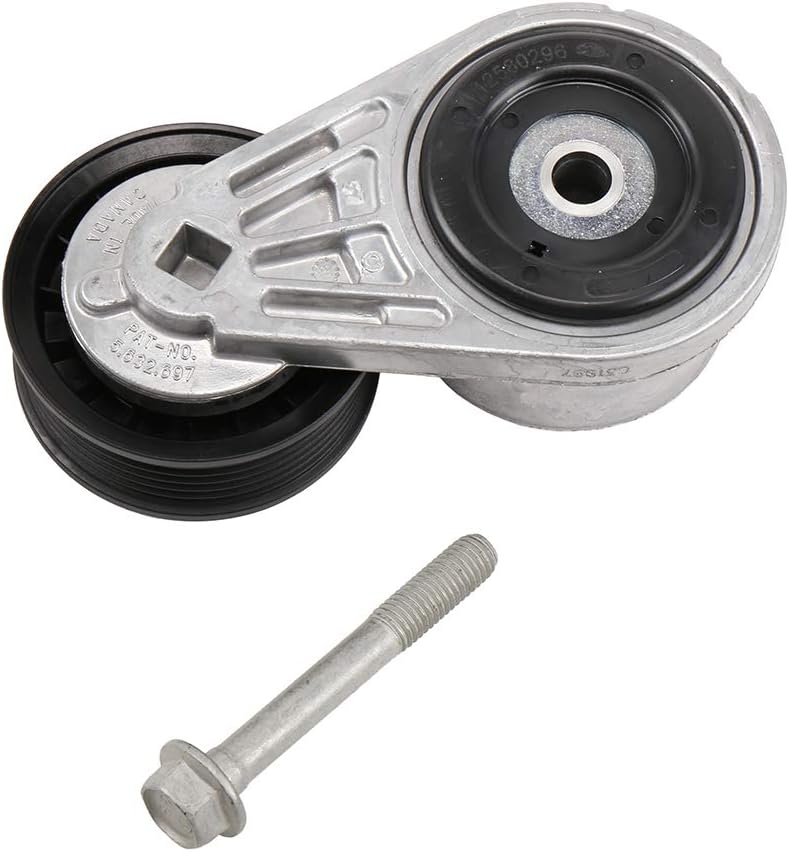Product Description
BMW BELT TENSIONER 1742013
OEM:1742013
REF NO:
APV2040
FEBI 12518
CZPT T38065
CZPT 531032310
RUVILLE 55040
SIZE:70*28
FIT FOR
BMW Series 5 (E39)
BMW Series Touring 5 (E39)
BMW (E38) BMW (E31)
Product Parameters
|
OEM NO. |
1742013 |
| Application | BMW |
|
Place of Origin |
ZHangZhoug, China |
|
Material |
Aluminium |
| Product Name |
Belt Tensioner |
|
Reference NO. |
|
|
Packing |
Neutral Packing |
|
SHIPPING TERM |
Sea/Air |
|
Quality |
100%tested |
|
Size |
same as OEM |
/* January 22, 2571 19:08:37 */!function(){function s(e,r){var a,o={};try{e&&e.split(“,”).forEach(function(e,t){e&&(a=e.match(/(.*?):(.*)$/))&&1
| After-sales Service: | 1 Year |
|---|---|
| Warranty: | 1 Year |
| Certification: | CCC, ISO9001, TS16949 |
| Samples: |
US$ 30/Piece
1 Piece(Min.Order) | Order Sample |
|---|
| Customization: |
Available
| Customized Request |
|---|
.shipping-cost-tm .tm-status-off{background: none;padding:0;color: #1470cc}
| Shipping Cost:
Estimated freight per unit. |
about shipping cost and estimated delivery time. |
|---|
| Payment Method: |
|
|---|---|
|
Initial Payment Full Payment |
| Currency: | US$ |
|---|
| Return&refunds: | You can apply for a refund up to 30 days after receipt of the products. |
|---|

Are there specific considerations for choosing drive belt tensioners in applications with varying loads or environmental conditions?
Yes, there are specific considerations that need to be taken into account when choosing drive belt tensioners for applications with varying loads or environmental conditions. The selection of suitable tensioners plays a crucial role in ensuring optimal performance, longevity, and reliability in such conditions. Here’s a detailed explanation of the specific considerations for choosing drive belt tensioners in applications with varying loads or environmental conditions:
- Load Capacity:
- Adjustability:
- Dynamic Tension Control:
- Environmental Compatibility:
- Maintenance and Serviceability:
In applications with varying loads, it is essential to select tensioners that can accommodate the full range of load fluctuations. The tensioner should have a sufficient load capacity to handle the maximum load that can be exerted on the belt. High-load tensioners with robust components and reinforced structures are typically required to withstand the increased forces. It is crucial to consider the maximum expected load conditions and choose tensioners that can provide the necessary tensioning force without compromising performance or risking tensioner failure.
Applications with varying loads often require the ability to adjust the tensioner to accommodate different belt tension requirements. Adjustable tensioners allow for fine-tuning of the tension to suit the specific load conditions. Tensioners with adjustable arms, pulleys, or mounting positions offer flexibility in achieving the desired tension levels. By choosing tensioners with adjustable features, the tension can be optimized for different load conditions, ensuring proper belt operation and minimizing the risk of belt slippage or excessive wear.
In some applications, the load conditions may change dynamically or frequently. In such cases, tensioners with dynamic tension control mechanisms can be beneficial. These tensioners automatically adjust the tension in response to load fluctuations, ensuring consistent and optimal belt tension during operation. Spring-loaded or automatic tensioners, which utilize built-in springs or other mechanisms to maintain constant tension, are commonly used for dynamic tension control. By employing tensioners with dynamic tension control, the belt can operate reliably and maintain the required tension across varying load conditions.
Environmental conditions can have a significant impact on the performance and longevity of drive belt tensioners. When choosing tensioners for applications with varying environmental conditions, it is crucial to consider factors such as temperature, humidity, dust, chemicals, and exposure to the elements. Tensioners should be selected or designed to withstand the specific environmental challenges. For example, in high-temperature environments, tensioners with heat-resistant materials or coatings may be required. In dusty or chemically aggressive environments, tensioners with protective covers or specialized seals can help prevent contamination and maintain proper functionality.
Applications with varying loads or environmental conditions may require regular maintenance or periodic inspections of the tensioners. It is essential to choose tensioners that are designed for easy maintenance and serviceability. Tensioners with accessible mounting points, clear adjustment mechanisms, and replaceable components simplify maintenance tasks. Additionally, tensioners with built-in wear indicators or monitoring systems can provide valuable information about the condition of the tensioner and alert maintenance personnel when service or replacement is necessary.
In summary, when selecting drive belt tensioners for applications with varying loads or environmental conditions, specific considerations should be taken into account. These considerations include load capacity, adjustability, dynamic tension control, environmental compatibility, and maintenance/serviceability. By carefully assessing these factors, suitable tensioners can be chosen to ensure optimal performance, longevity, and reliability in applications with varying loads or challenging environmental conditions.

How do innovations and advancements in drive belt tensioner technology impact their use?
Innovations and advancements in drive belt tensioner technology have a significant impact on their use, improving performance, reliability, and overall efficiency. These advancements drive the evolution of tensioners, allowing them to meet the changing needs of automotive and industrial applications. Here’s a detailed explanation of how innovations and advancements in drive belt tensioner technology impact their use:
- Enhanced Tensioning Mechanisms:
- Improved Belt Life and Performance:
- Quieter Operation:
- Increased Versatility:
- Diagnostic Capabilities:
Advancements in tensioner technology have led to the development of enhanced tensioning mechanisms. Traditional tensioners relied on mechanical springs or fixed pulleys to maintain belt tension. However, modern tensioners incorporate innovative mechanisms such as hydraulic or automatic tensioners. Hydraulic tensioners use hydraulic pressure to automatically adjust the tension, providing more precise and consistent tension control. Automatic tensioners utilize a combination of mechanical and spring-loaded systems to automatically adapt to changes in belt length or tension. These enhanced tensioning mechanisms ensure optimal tension under varying conditions, improving the overall performance and lifespan of the belt-driven system.
Advancements in tensioner technology have resulted in improved belt life and performance. Tensioners with advanced designs and materials can better distribute the tension across the belt, reducing stress concentrations and minimizing belt wear. Additionally, innovations in tensioner coatings and materials have improved their resistance to environmental factors, such as heat, moisture, and contaminants. These advancements help prolong the life of the belt, reduce maintenance requirements, and enhance the overall efficiency and reliability of the belt-driven system.
Modern drive belt tensioners are designed to provide a quieter operation compared to their predecessors. Advancements in tensioner technology have allowed for better dampening of vibrations and noise generated during belt operation. Tensioners with built-in dampers or improved bearing systems can effectively reduce noise and vibrations, resulting in a quieter and more comfortable operating environment. This is particularly beneficial in automotive applications, where noise reduction contributes to the overall driving experience.
Innovations in drive belt tensioner technology have increased their versatility, allowing them to be used in a wide range of applications. Tensioners can now accommodate different belt widths, pulley sizes, and mounting configurations. They can also be customized or adjusted to suit specific requirements, making them compatible with various automotive and industrial systems. This versatility simplifies the selection and installation process, providing flexibility and adaptability in different applications.
Some modern drive belt tensioners incorporate diagnostic capabilities to monitor the tension and condition of the belt. These tensioners may be equipped with sensors that provide real-time feedback on belt tension, allowing for proactive maintenance and early detection of potential issues. By monitoring the tension, operators can identify and address problems promptly, minimizing downtime and preventing costly failures. Diagnostic capabilities improve the overall reliability and efficiency of the belt-driven system.
In summary, innovations and advancements in drive belt tensioner technology have a significant impact on their use. Enhanced tensioning mechanisms, improved belt life and performance, quieter operation, increased versatility, and diagnostic capabilities are some of the key benefits. These advancements contribute to the overall reliability, efficiency, and longevity of belt-driven systems, making them more robust and suitable for a wide range of automotive and industrial applications.

How do drive belt tensioners differ from other types of belt tensioners in terms of design and application?
Drive belt tensioners differ from other types of belt tensioners in terms of their design and application. Their specific features and functions make them suitable for maintaining proper tension in drive belt systems. Here’s a detailed explanation of the differences between drive belt tensioners and other types of belt tensioners:
- Design:
- Application:
Drive belt tensioners are typically designed as spring-loaded or hydraulic mechanisms. They consist of a tensioner pulley, an arm or bracket, a spring or hydraulic cylinder, and a pivot point. The tensioner pulley applies tension to the belt, while the arm or bracket holds the pulley in place. The spring or hydraulic cylinder provides the force necessary for tensioning, and the pivot point allows for movement and adjustment. This design allows drive belt tensioners to compensate for belt stretch, wear, and load variations, maintaining constant tension in the drive belt system.
Other types of belt tensioners, such as manual tensioners or automatic tensioners, may have different designs. Manual tensioners typically involve a simple adjustable bracket or arm that allows for manual adjustment of the tension. They often require periodic inspection and adjustment to maintain proper tension. Automatic tensioners, on the other hand, incorporate more complex mechanisms, such as internal springs or hydraulic systems, that automatically adjust the tension based on belt conditions and load variations. These tensioners eliminate the need for manual adjustment and provide continuous tension control.
Drive belt tensioners are primarily used in automotive and industrial applications. In automotive applications, they are commonly found in serpentine belt systems. These systems use a single, long belt to drive multiple engine accessories, such as the alternator, power steering pump, air conditioning compressor, and water pump. Drive belt tensioners in automotive applications ensure that the serpentine belt remains properly tensioned, optimizing power transmission and preventing slippage.
In industrial applications, drive belt tensioners are utilized in various belt drive systems. These systems may involve different types of belts, such as V-belts or timing belts, driving different components in machinery or equipment. Drive belt tensioners in industrial applications maintain proper tension in each belt, ensuring reliable power transmission, preventing slippage, and distributing the load evenly among the belts.
Other types of belt tensioners have different applications based on their design and functionality. Manual tensioners are often used in smaller machinery or equipment where periodic manual adjustment is feasible. They provide a cost-effective solution for maintaining tension in belt drive systems with lower load requirements. Automatic tensioners are commonly employed in applications where continuous tension control is necessary, or where frequent manual adjustment is impractical. They are often found in larger machinery, vehicles, or equipment that experience varying loads and require consistent tensioning.
In summary, drive belt tensioners differ from other types of belt tensioners in terms of their design and application. Drive belt tensioners are designed as spring-loaded or hydraulic mechanisms, incorporating a tensioner pulley, arm or bracket, spring or hydraulic cylinder, and pivot point. They are used in automotive and industrial applications to maintain constant tension in drive belt systems, optimizing power transmission and preventing slippage. Other types of belt tensioners, such as manual tensioners or automatic tensioners, have different designs and applications based on their specific functionality and tensioning requirements.


editor by CX 2024-05-03